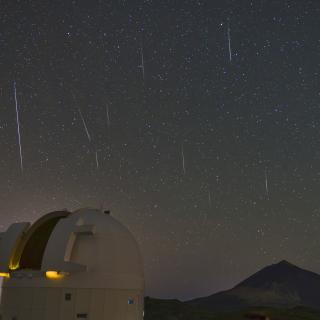
The Minister of Science and Innovation presided, this morning, over the annual meeting of the Governing Council of the Instituto de Astrofísica de Canarias (IAC) in the IACTEC building in La Laguna. In a press conference she stressed the support of the Government for the people of La Palma, and recognized the technological and research activity of the Institute during the pandemic. As well as the minster, other attendees at the meeting were Raquel Yotti Álvarez, Secretary General for Research, Elena Máñez Rodríguez, Coucillor of the Canary Government for Economy, Knowedge and Employment
Advertised on




